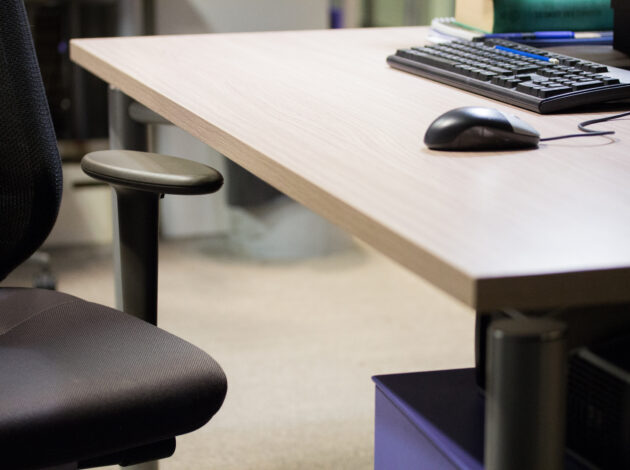Self-isolation and worker absences

As infection rates increased throughout December and early January, we saw impacts across a range of sectors as more people were isolating following a positive COVID test result. The Office for National Statistics (ONS) needed to assess the scale of self-isolation rapidly, and understand which sectors were most hit by worker absences. Tess Carter explains how data we published today help to provide those insights, and how they compare with our other data sources.
Throughout the coronavirus (COVID-19) pandemic, there has been a range of different guidance in place related to self-isolation rules, either following travel, contact with a positive case or testing positive, with the latest guidance available on the NHS website.
High rates of self-isolation can have a large impact on labour market participation. With our multiple surveys that provide insight into the impact of the pandemic, the ONS was best placed to provide unique insights on which industries were most impacted by high levels of self-isolation.
Coronavirus Infection Survey provides best measure of self-isolation
Today, the ONS has published experimental statistics on self-isolation rates by work sector between 5 December 2021 and 29 January 2022. These data provide insight into all sectors across the labour market. The findings show that the social care, and teaching and education sectors had the highest percentage of self-isolation, whereas the retail sector had the lowest on the 29 January 2022.
These findings come from the Coronavirus Infection Survey (CIS) which was set up to measure the spread of the pandemic across the UK. Alongside swab and blood samples, we ask a short set of questions to help us best understand participants’ health status, contact with other people, attendance at work, school and nursery, and experiences of COVID-19, including self-isolation.
Using this data, the ONS has developed estimates of self-isolation that draw on a large sample and provide a good indication of different levels of self-isolation across all sectors of the labour market. The CIS provides us with the best estimate of the proportion of people isolating by sector, but it is not the only ONS source available for monitoring self-isolation.
How we measure self-isolation through other sources
The Opinions and Lifestyle Survey (OPN) uses a sample of around 3,000 people on a fortnightly basis to answer many questions on the impact of the pandemic on individuals’ lives, including a question on whether the participant has self-isolated in the previous seven days.
These data can be used to create an estimate of the number of adults self-isolating in Great Britain and allow us to cross–tabulate this against some of the other questions collected on the survey about well–being, working patterns and more.
However, this estimate will includes adults who have self-isolated at some point in the past seven days but had completed their self-isolation period by the time the survey was answered, therefore it may over-estimate the number of working adults self-isolating on any given day. In addition, the smaller sample size, compared with the CIS, means we are less able to provide quality estimates by work sector to the same level of granularity.
While both the CIS and the OPN collect data on those self-isolating due to COVID-19, the rise in the number of those working from home, coupled with more asymptomatic infections may mean that those in isolation can continue to work. However, it’s important to note that not all jobs are able to be conducted from home.
The Business Insights and Conditions Survey (BICS) can provide us with the proportion of a workforce who are absent from work. To measure business’ workforce working location, businesses are asked about the percentage of their workforce that fall into several categories including working from home or are not working due to sick leave, COVID-19 symptoms or self-isolation.
These data can provide sectoral information in the private sector on absences, including those isolating who can’t work from home, and therefore the impact on labour market participation. However, we are unable to distinguish between COVID-19 related absences, and sickness absence unrelated to COVID-19 as they are combined into one category.
In addition, this is based on business’ response to the question, not the employee, and the response design means businesses must also ensure their proportions of the options listed previously total 100%. Respondents are unlikely to know exact percentages and therefore there is likely to be a margin of error in the exact figures provided.
While we recommend the use of estimates published today for measuring population and work-sector levels of self-isolation, each source has its own strengths and limitations, and together they provide a comprehensive picture of self-isolation across the UK.
We will review the user requirements on continuing to produce these statistics in light of changes to government advice on self-isolation and will develop a future publication strategy if required.

Tess Carter is Head of Strategy and Coordination at the Office for National Statistics.